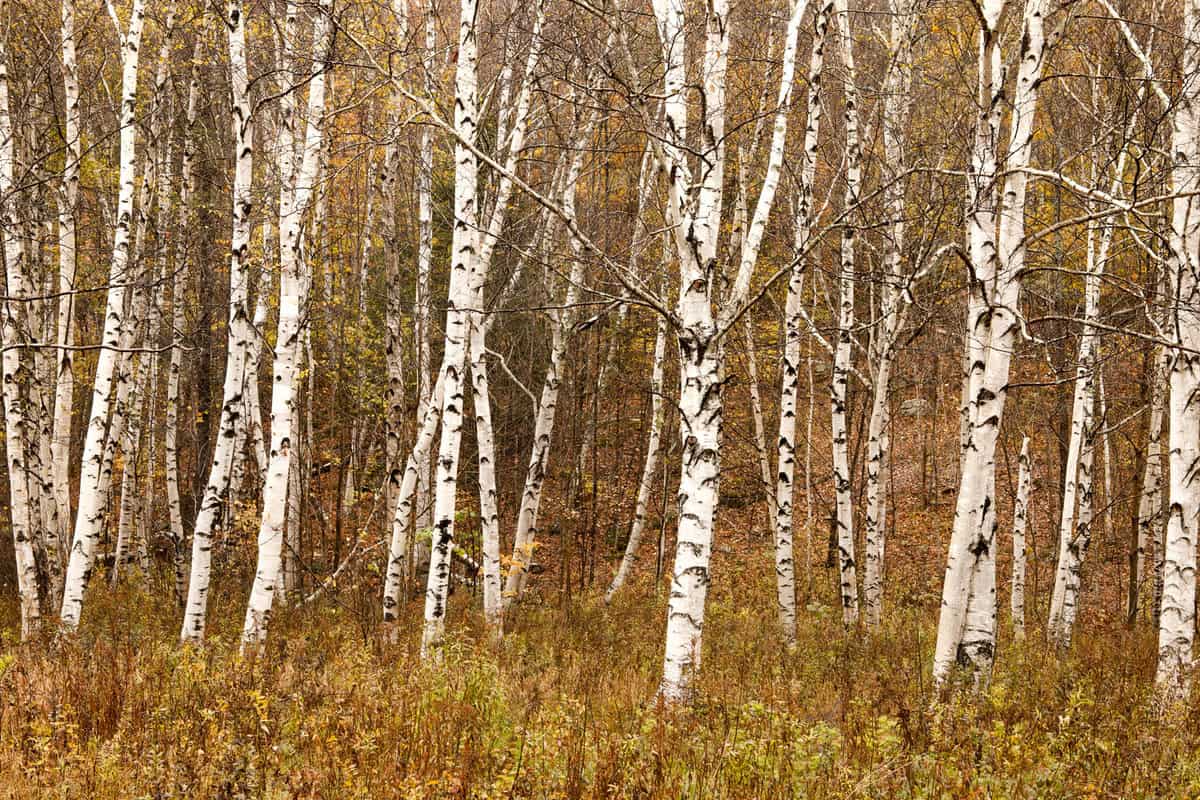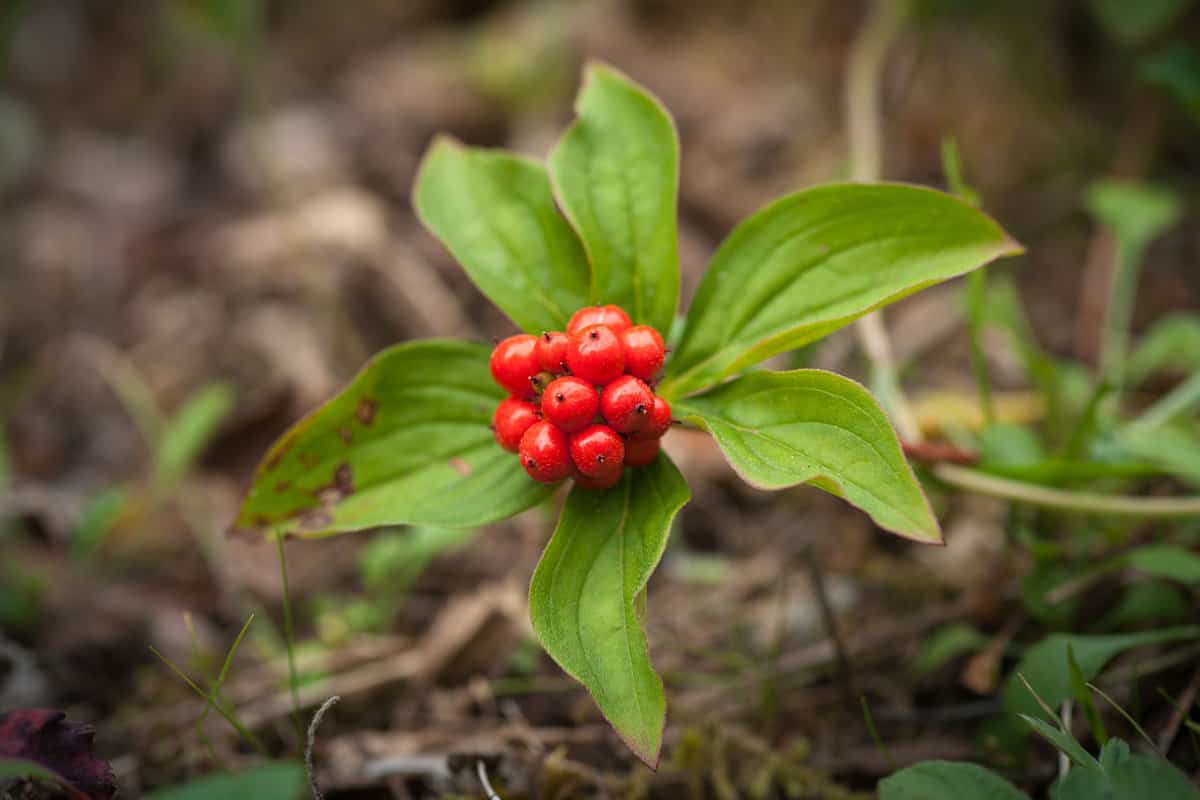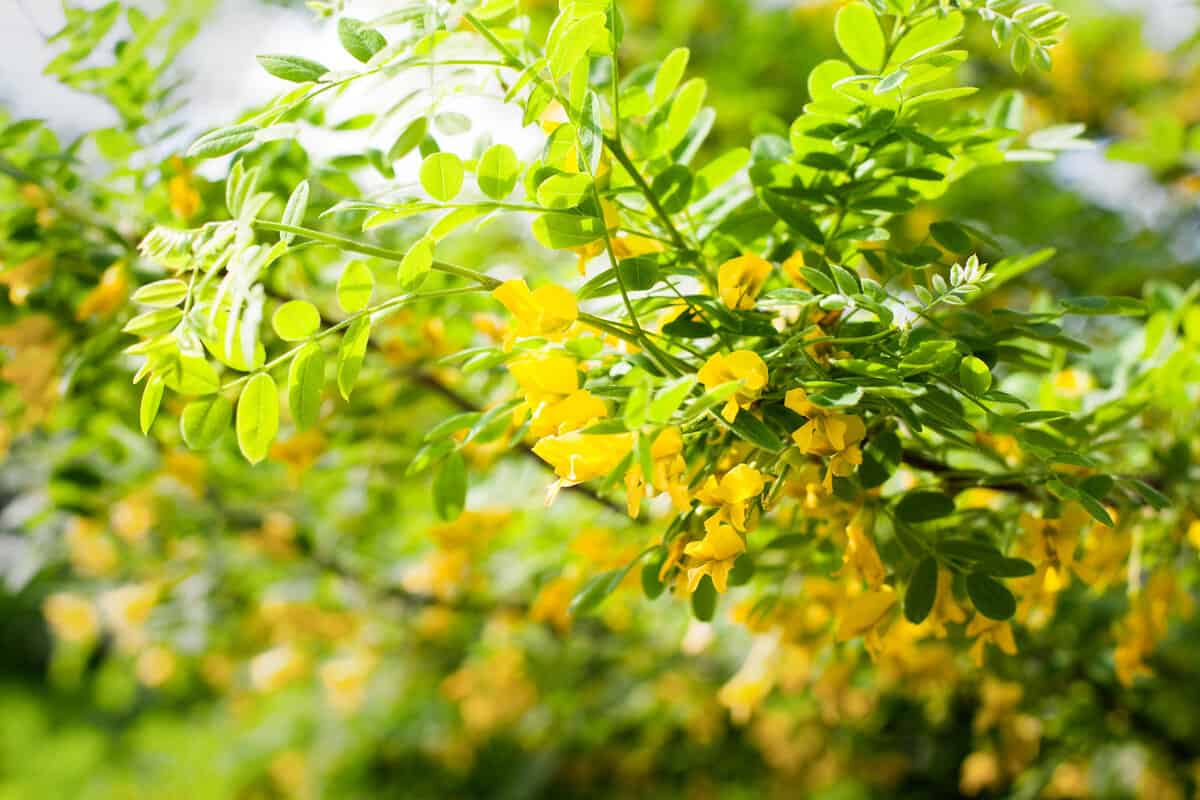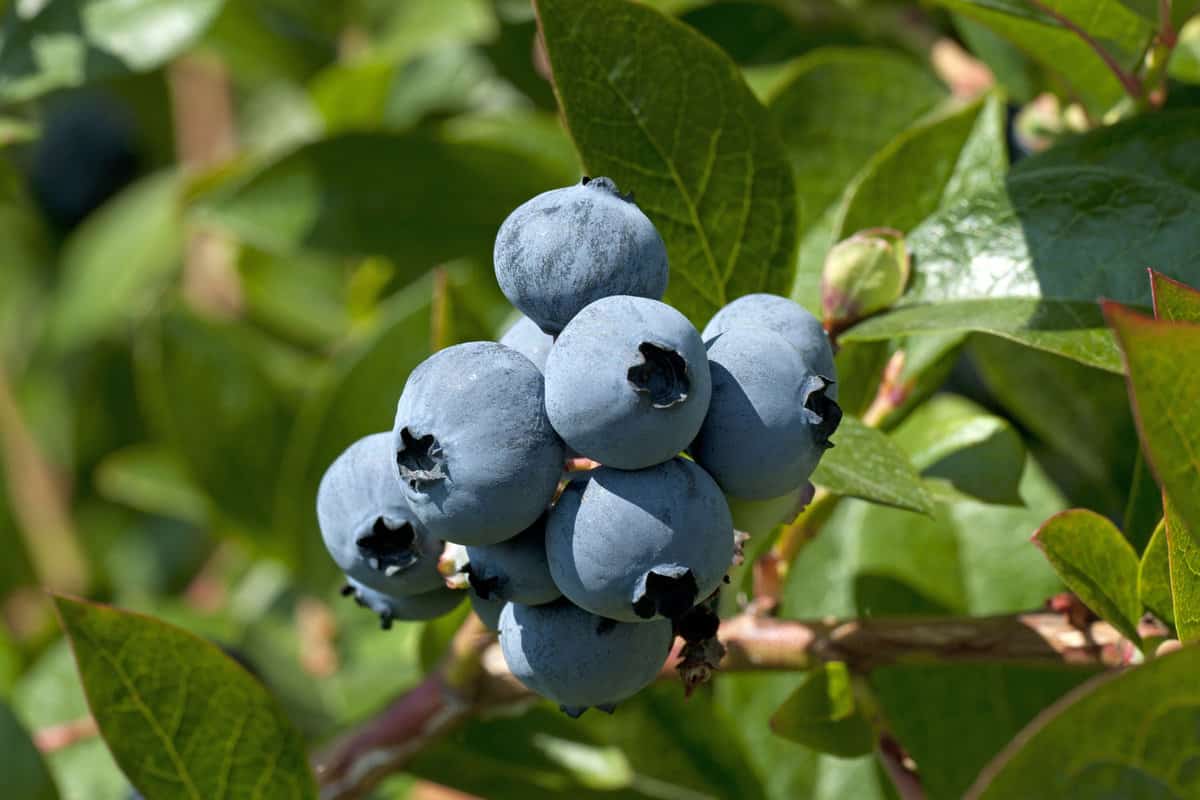Welcome to The Zone! This article is part 3 in the GardenTabs Zone Series, where we look at all USDA Plant Hardiness Zones and recommend the top 17 plants for your region.
Zone 2a
USDA Zone 2A experiences winter temperatures that range from -50 to -45 °F (-45.6 to -42.8 °C). It's most commonly found in Alaska's more temperate regions but still tends to be quite cold.
Internationally, this zone includes parts of northern Canada, Greenland, and certain northern Russia and Siberia regions.
The plant life in Zone 2a still needs to be improved due to the harsh climate. However, certain resilient species are capable of surviving these conditions.
The climate consists of long, extremely cold winters and short, cool summers. The growing season is brief, and plants in this zone must be robust enough to handle freezing temperatures and often windy conditions.
Here are 17 of the Best Plants to Grow in Zone 2a
Balsam Fir (Abies balsamea)
This North American native is an evergreen tree that can reach heights up to 60 feet, making it a great choice for creating privacy or windbreaks in your garden.

It's hardy and can handle the extreme cold of zone 2a.
Siberian Spruce (Picea obovata)
As the name suggests, this plant is native to Siberia and is well-adapted to cold climates.

It's a beautiful evergreen tree that can grow up to 100 feet tall, with a pyramidal form that lends a classic Christmas tree shape to your garden.
Paper Birch (Betula papyrifera)

This tree is renowned for its white bark, which peels off in paper-like sheets. The paper birch can reach heights of 50 to 70 feet, providing an eye-catching feature in your landscape.
Arctic Willow (Salix arctica)

This low-growing shrub typically reaches only about 6 inches in height. Its size and adaptability make it a good choice for rock gardens or low-maintenance areas.
Bearberry (Arctostaphylos uva-ursi)

A great ground cover, bearberry is a creeping evergreen shrub that produces attractive red berries. It's a good choice for erosion control and can tolerate poor soil conditions.
Bunchberry (Cornus canadensis)

This plant is a relative of the dogwood tree but is a low-growing, ground-cover plant that grows only 6 to 9 inches tall. It produces beautiful white flowers in the spring.
Siberian Pea Shrub (Caragana arborescens)

This hardy shrub can grow to heights of 15 to 20 feet. It's drought-tolerant and produces yellow flowers in the spring, followed by edible peas.
Labrador Tea (Rhododendron groenlandicum)

This evergreen shrub grows up to 3 feet tall and produces clusters of white flowers in late spring to early summer. Its leaves have a distinct aroma; you can make tea from them.
Snowberry (Symphoricarpos albus)

As the name suggests, this plant produces clusters of white berries that look like tiny snowballs. It's a deciduous shrub that can grow up to 6 feet.
Fireweed (Chamerion angustifolium)

This perennial plant is one of the first to appear in areas devastated by fire, hence its name. Fireweed can grow up to 5 feet tall, producing tall spires of pink to purple flowers in the summer.
Jack Pine (Pinus banksiana)

This hardy coniferous tree can withstand poor soil conditions and extreme cold. It's a medium-sized tree that can grow up to 70 feet tall. The Jack Pine is an excellent choice for windbreaks and privacy screens.
Crowberry (Empetrum nigrum)

Crowberry is a low-growing evergreen shrub that produces edible black berries. It typically grows about 1 foot tall and is a good option for ground cover.
Quaking Aspen (Populus tremuloides)

Known for its beautiful golden fall color, the Quaking Aspen is a deciduous tree that can grow up to 50 feet tall. Its leaves have a unique characteristic of trembling or 'quaking' in the wind, hence the name.
Pasque Flower (Pulsatilla vulgaris)

This perennial plant produces lovely bell-shaped flowers in shades of purple and white in early spring.
It's one of the first plants to bloom after winter, making it a delightful addition to your garden.
Tundra Rose (Rosa rugosa 'Alba')

This hardy rose variety can withstand the cold climate of zone 2a. It grows up to 6 feet tall and wide, producing fragrant white flowers in the summer.
Bog Rosemary (Andromeda polifolia)

This evergreen shrub grows up to 2 feet (61 cm) tall and produces delicate pink flowers in the spring. As the name suggests, it prefers boggy, acidic soil conditions.
Northern Blueberry (Vaccinium boreale)

This variety of blueberry is hardy and capable of withstanding the chilly zone 2a temperatures. It grows up to 2 feet tall and yields delicious, antioxidant-rich berries.
Reap the Rewards
Growing plants in zone 2a can be a challenging but fulfilling endeavor. The key is to choose the right plants that are hardy enough to withstand freezing temperatures.
With careful selection and proper care, you can create a beautiful and lively garden, even in the coldest climates.
The reward of seeing your plants thrive and bloom amid the frosty winter is worth the effort.
Read more on zone 2:
Year-Round Indoor Herbs For Zone 2: A Guide For Kitchen Gardeners
